
BRAVA Award Winner 2025 – Sarah Bryant
Sarah Bryant
Artists’ Books Artists Award (United States)
This award supports the work of contemporary visual artists and craftspeople working in the genre of Artists’ Books. Artists’ Books are works of art that utilize the concept of the book in some fashion, in works that often reveal themselves to the user over time and through interpretation, manipulation or storytelling. Artists’ books can include small edition works or one-of-a-kind objects.
Sarah Bryant is a book artist whose work investigates the relationship between structure, language, and the communication of complex information. Originally from the United States, she received her MFA in Book Arts from the University of Alabama, where she developed a deep interest in the book as both a physical object and a conceptual framework. Her background in letterpress printing, design, and binding informs her interdisciplinary approach to bookmaking.
Bryant founded Big Jump Press in 2006, a platform through which she produces limited edition artist boks, prints, and design projects. Her work frequently draws from data, archival materials, and found texts, reconfiguring them into tactile, carefully constructed objects. With a longstanding interest in diagrammatic and scientific imagery, she often explores topics such as human anatomy, demographics, and systems theory through visual and material experimentation.
Bryant’s books have been collected and exhibited internationally, including in institutions such as the Library of Congress, the Metropolitan Museum of Art, and the Yale Arts Library. She has taught book arts and design in a variety of academic settings across the U.S. and the U.K., and currently lives in Tuscaloosa, Alabama where she is an associate professor of Book Arts at The University of Alabama. Through her work, Bryant continues to examine how books serve as spaces of inquiry, reflection, and shared meaning.
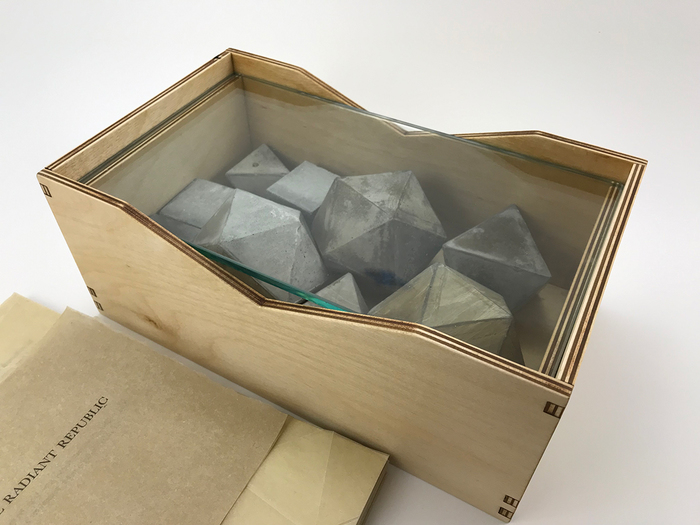
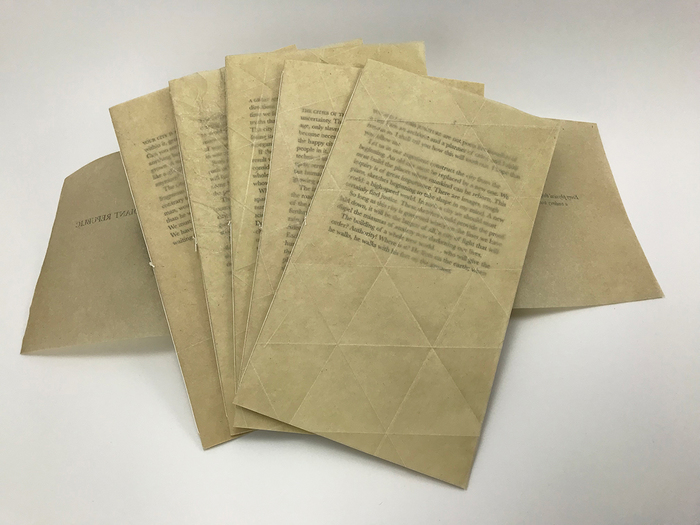
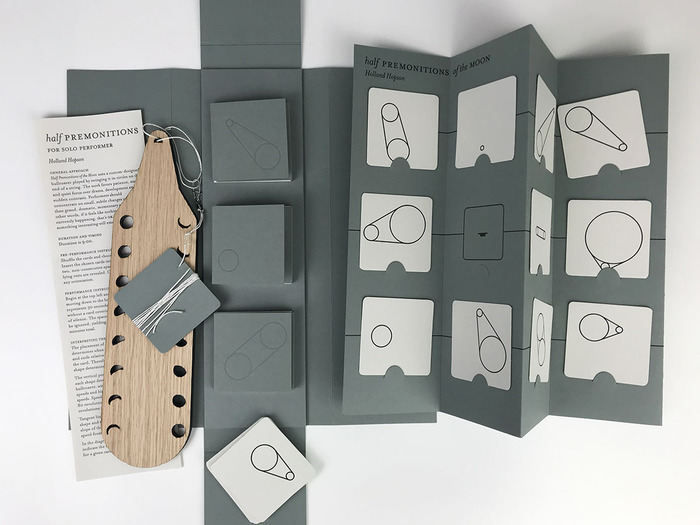
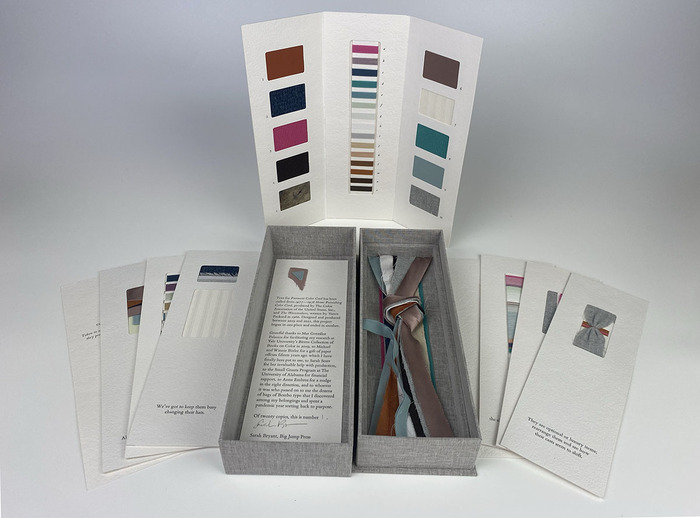
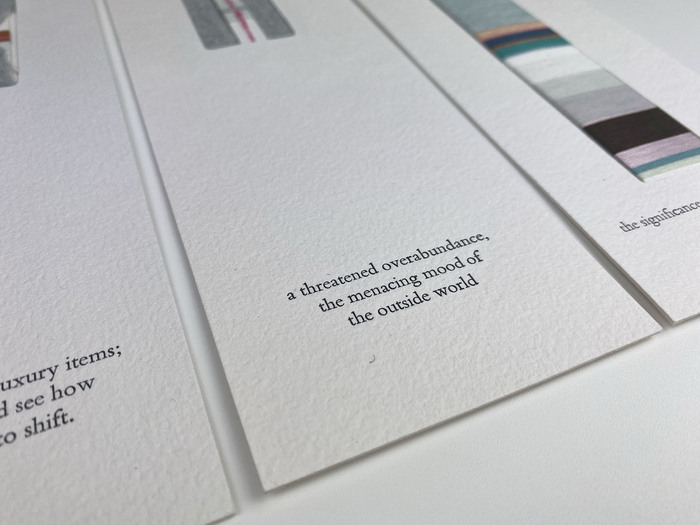
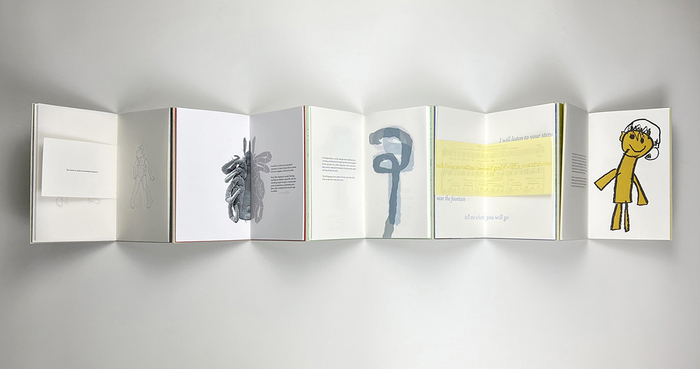
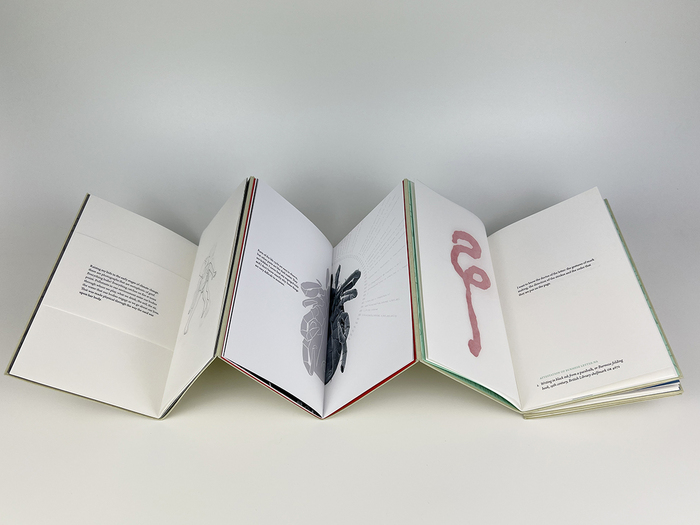
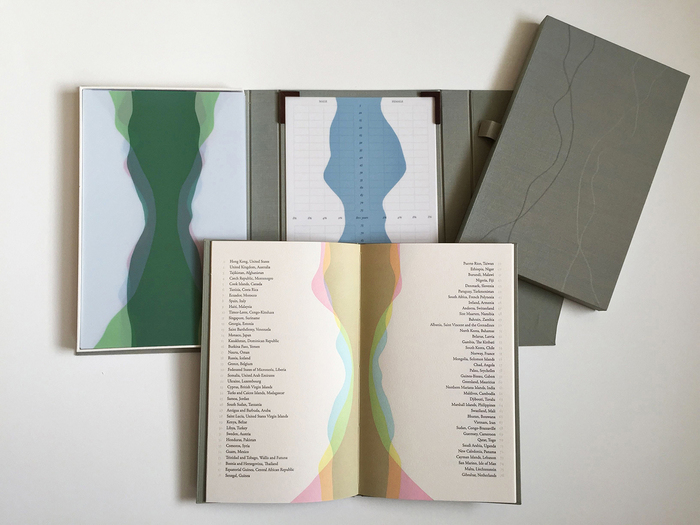
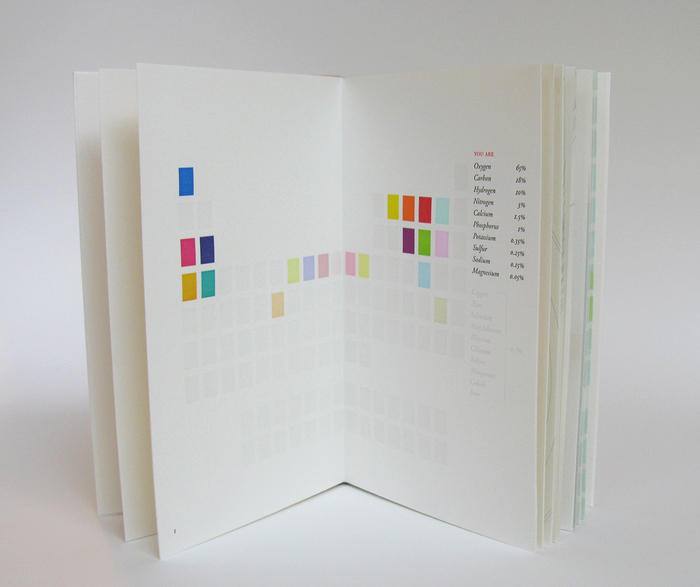
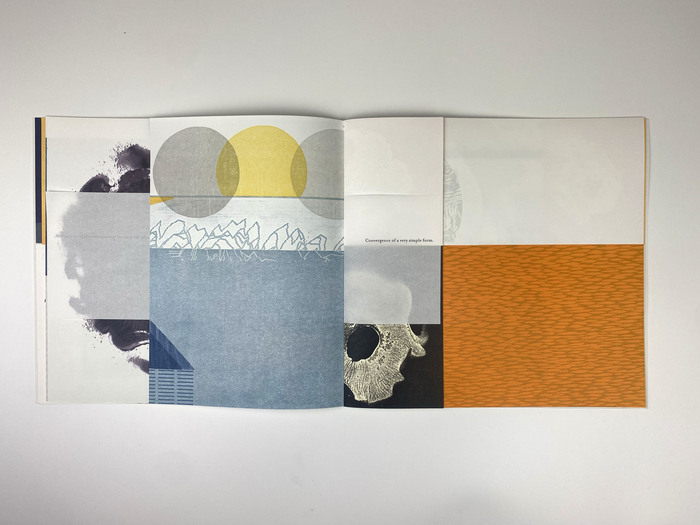
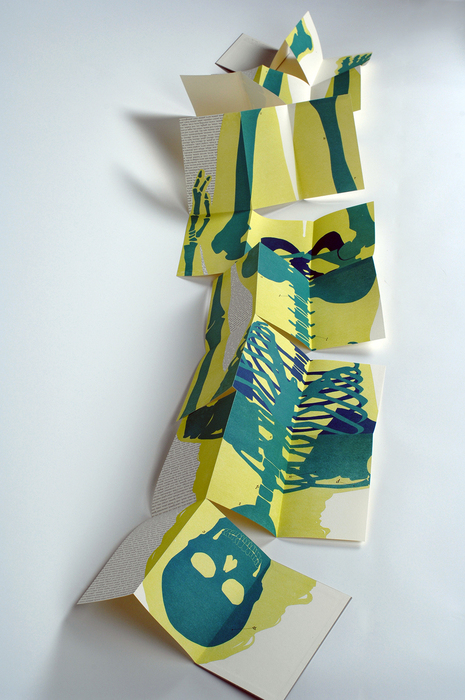
Artist’s Statement
I am a book artist. I work in book form because of the natural relationship between the book and the communication of information. Our visual vocabulary developed simultaneously with the development of the book. They have worked together for over a thousand years to encapsulate information, to preserve it, and to pass it forward. I am interested in the simplicity of diagrammatic language, which allows for slight variations in line, color, and format to describe a great variety of different systems; the movement of peoples, changes in climate, the progress of disease. This flexibility speaks to our need to connect, to find patterns, and to place ourselves in a world we can understand and explain. In the last fifteen years, I have produced artist books that explore a wide range of topics, including the physical composition of the human body, global population data visualization, and personal archives.
While each of my artist books explores different themes, these projects have in common a repeated effort to reframe or reorganize existing information. Many of my projects engage with existent texts, often recombining source material in order to reframe the original messages of the source material. As an example, in 2019, I produced a project titled The Radiant Republic. I created the text for this artist book by combining text from two sources: The Radiant City, written by French architect Les Corbusier in 1931, and The Republic, written by Plato in 380 BCE. In these original texts, separated by more than two thousand years, Plato and Le Corbusier describe city plans that prescribe morality and ethics. These works are revered, but they are deeply troubling, advocating the destruction of existing cities, the separation of children from their families, and the connection between city planning and warfare. In creating a dark narrative from both texts using unedited but recombined language from these sources, I aimed to critique a system that platforms and centers such voices.
Another recent project, Fairmont Color Card (2021), employs brochure structures and production techniques historically used for color cards and sample books, including thread winding, foil blocking, and die cutting. Text for the project was culled from 20th-century color cards and combined with excerpts from The Wastemakers, written by Vance Packard in 1960. Research was conducted at Yale University’s Birren Collection of Books on Color in 2019. Materials, including clothing, bedding, and paper offcuts, were sourced from my domestic space. Fairmont Color Card explores our fascination with samples and swatches while placing them in context as part of the origin story of planned obsolescence and landfill culture.
Many of my projects are highly collaborative, reflecting the interdisciplinary nature of the book. Books are a place where people meet. In 2015, I produced Figure Study in partnership with Dr. David Allen, Professor of Biology at Middlebury College. This book enables quick and compelling comparison of population data for every region on Earth. Using estimates from the US Census Bureau, we created population pyramids for every region and paired them to create abstracted human forms. All 114 of these figures have been printed from linoleum onto drafting film and are housed together alongside a grid. The figures are each numbered and can be interpreted using a booklet containing an alphabetical and numerical index, as well as a short essay by David Allen about our process and the source of the data. Although we carefully graphed all of the available information, it was initially collected using a variety of different methods. The data is a combination of accurate reporting, biased self-description, out of date or incomplete reports, and best guess projections by Census Bureau demographers. Figure Study is similar to any self-portrait, conveying alternating moments of accuracy, optimism, and humility.
My most recent project, Acts of Translation, is an interconnected set of collaborations investigating the conversion and communication of information. A photographer, an ecologist, a type designer, a soprano performer, and an elementary school Spanish teacher each describe an act of translation critical to their life and work. Text for this project was gathered, edited, and recombined from recorded interviews conducted between 2021 and 2023. The book is composed of five acts:
- Make it Material to Know it: the expression of a complex idea with a single photograph
- A Model Has to Be Wrong: the conversion of an ecological system into a predictive mathematical model
- The Essential Form of a Letter: the expression of Burmese script as a font that can be set fluidly with Latin script
- A Vowel Weds Itself to Air: The transformation of a musical score into an emotional connection with an audience
- There is Always a Story: the interpretation of non-verbal cues in a classroom of small children
These voices and experiences, housed together, offer unexpected points of connection across disciplines. This project seeks to highlight our shared experience, even when what we have in common is the difficulty inherent in communicating across divides. Each of the components in this book effectively captures two acts of translation: first, the particular act of conversion and communication performed by individuals at the heart of the book; second, my work as an artist to represent their act through the combination of text, image, material, and structure. Acts of Translation can be expanded to reveal all five acts at once, or collapsed so that the texts from any two can be examined side by side. The book can therefore be read across the collaborations, revealing language that links our experience and highlights overlapping themes.
